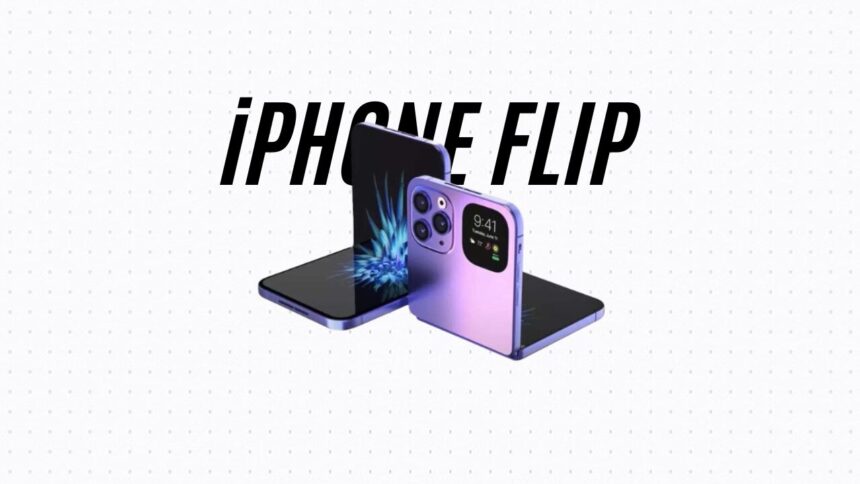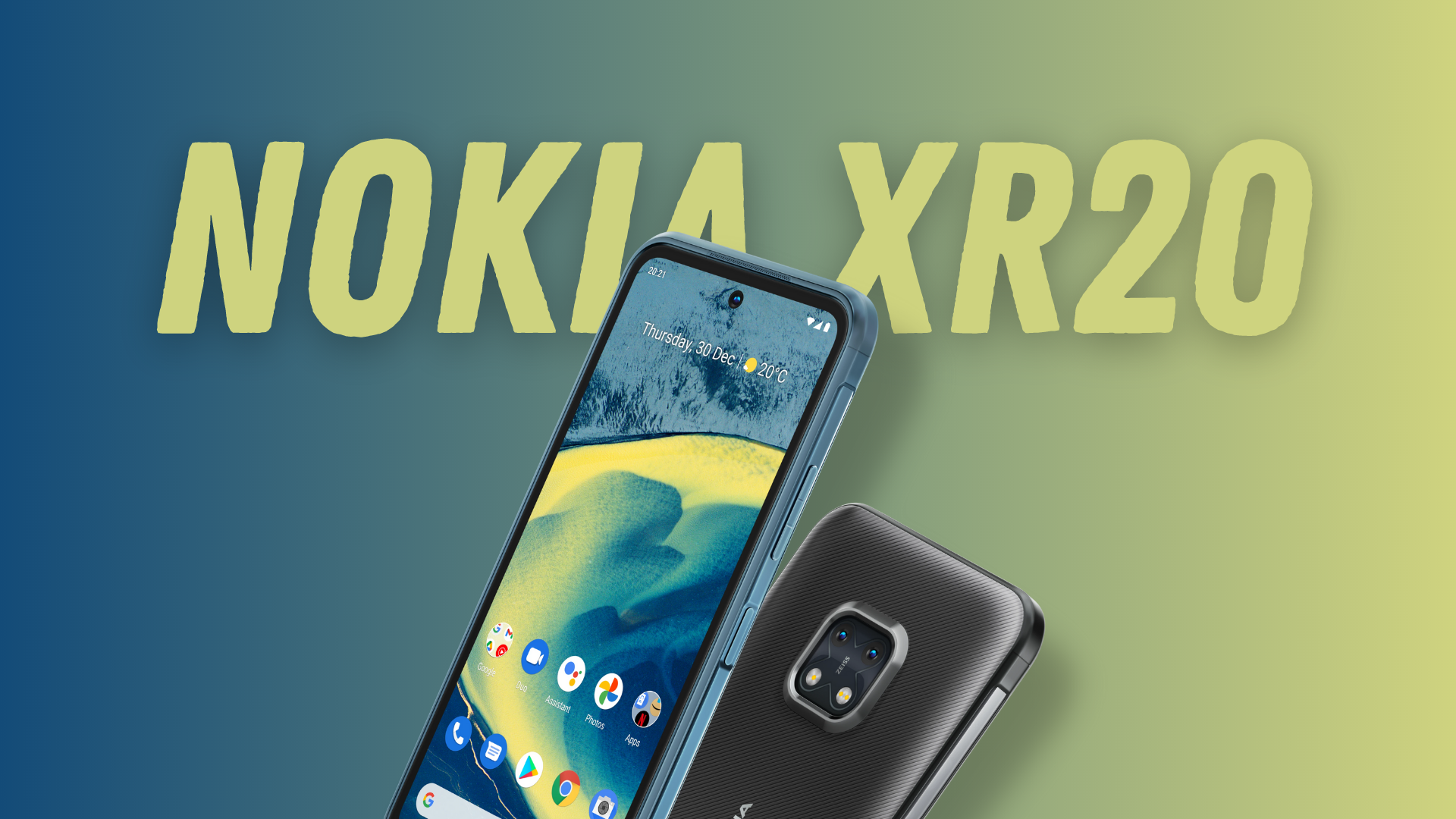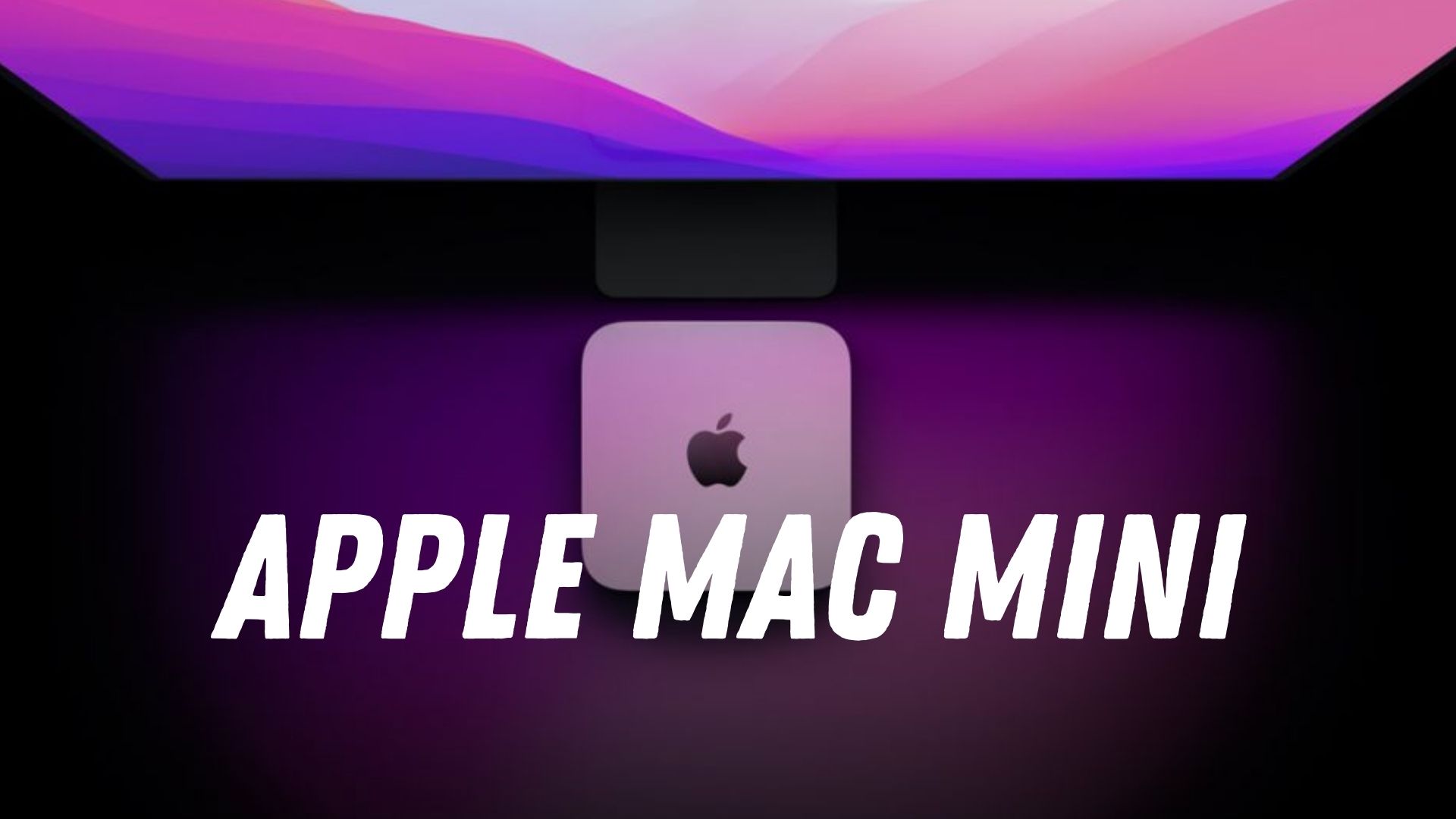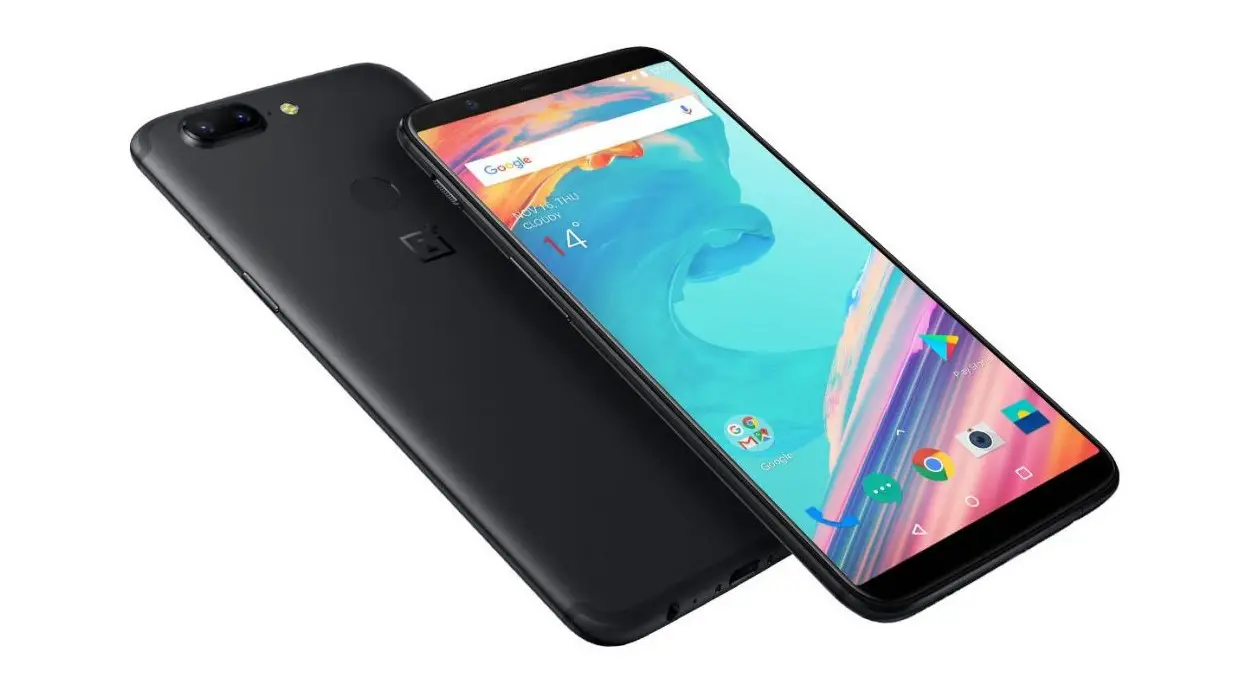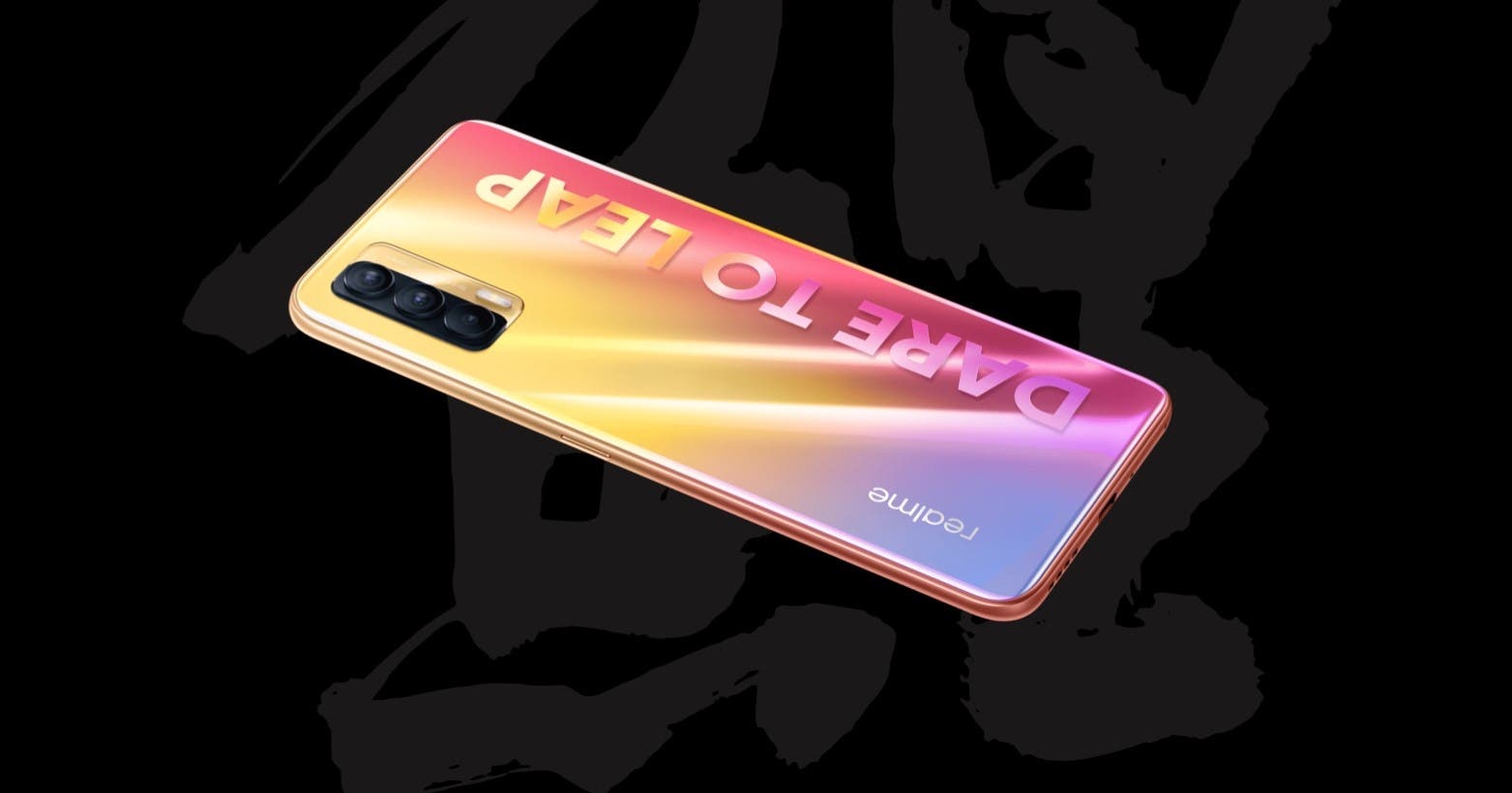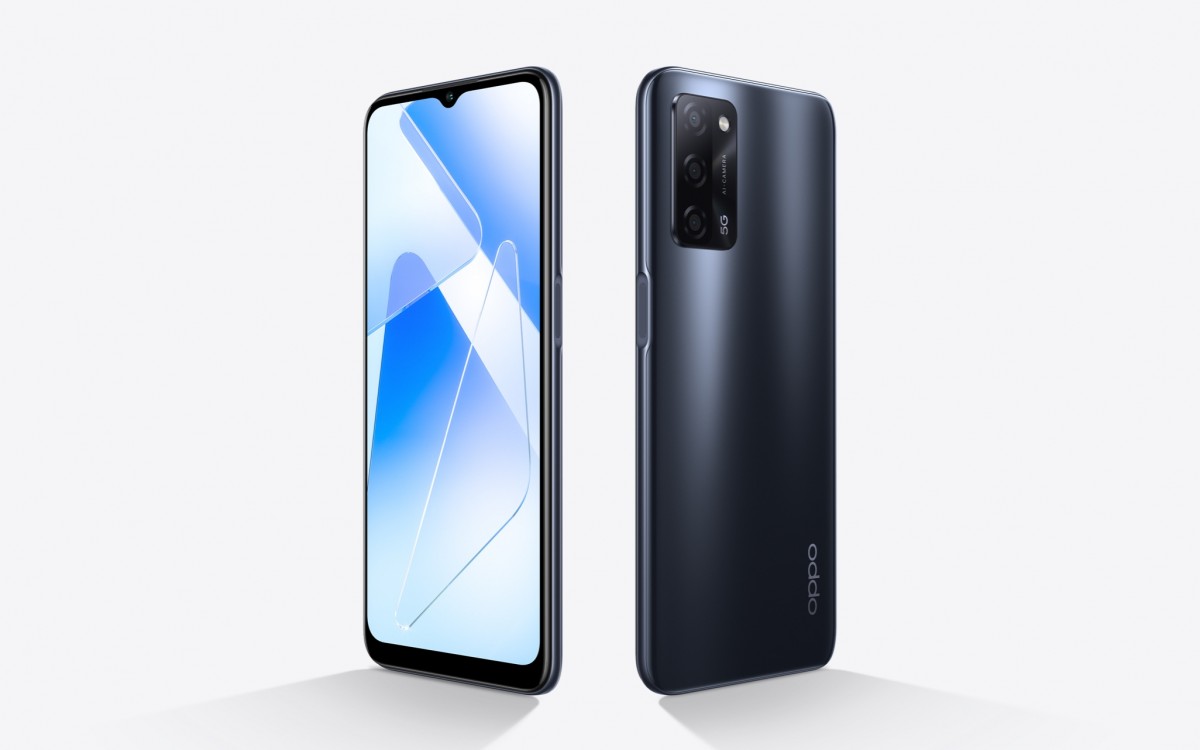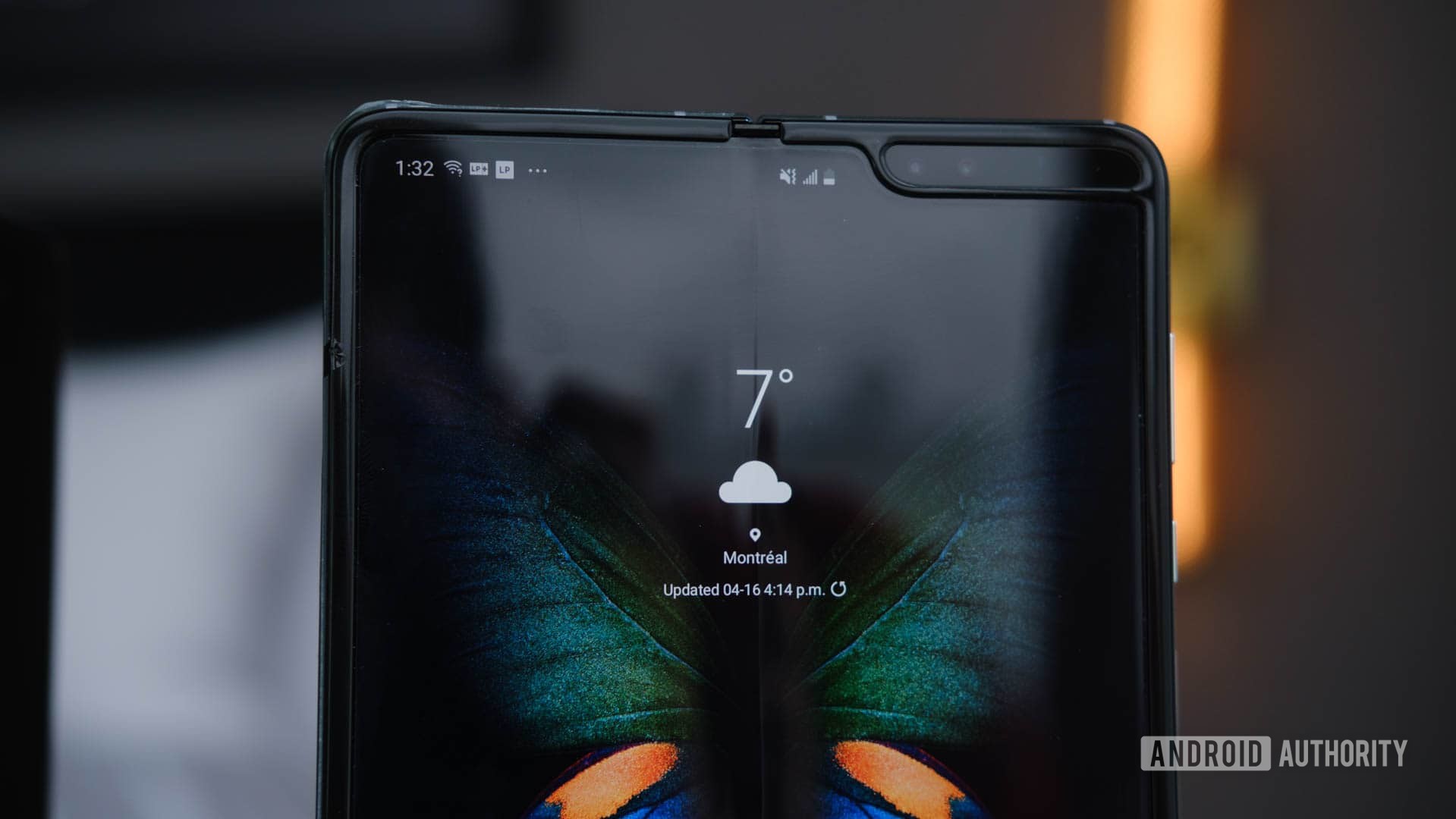Apple, known for its ingenuity in the premium smartphone space, appears to be entering the expanding foldable iPhone industry. According to an exclusive report from The Information, which cites an anonymous person claiming to have “direct knowledge of the situation,” Apple is actively developing at least two prototypes of a foldable iPhone. Unlike the usual slab-style design, these prototypes are claimed to adopt a flip-style form factor similar to popular devices such as the Samsung Galaxy Z Flip and Oppo Find N3 Flip. Check out the details.
Apple Foldable iPhones
The news has attracted a lot of intrigue in the tech world, considering Apple’s history of cautiously adopting innovative technology, preferring to tweak current features rather than push into unfamiliar territory. Nonetheless, with established competitors such as Samsung and Huawei making great progress in the foldable phone market, Apple’s potential participation raises interesting questions.
These foldable iPhone prototypes, which are still in the early phases of research, are not likely to enter mass production until at least 2024 or 2025, indicating Apple’s continued investigation into the feasibility and market viability of such devices. The design looks to emphasise a clamshell-style form factor, which differs from the larger, tablet-like foldables exhibited by the Samsung Galaxy Z Fold. This pivot may appeal to consumers seeking a more compact, pocket-friendly

Furthermore, the presence of prototypes in various sizes indicates Apple’s intention to provide flexibility to accommodate differing user preferences. In pursuit of this new strategy, Apple is said to have partnered with at least one Asian manufacturer to get components for these foldable smartphones, indicating that the corporation is seriously considering this notion.
However, several hurdles and uncertainties lurk over the future. One of the most pressing issues is the longevity of foldable phones, with concerns about crease formation and long-term robustness. Apple’s reputation for rigorous quality control raises the bar for meeting durability requirements in a foldable design factor. Furthermore, adapting iOS and current applications to handle foldable screens, with their creases and potentially changing aspect ratios, represents challenging software optimisation.
Furthermore, despite their expanding market popularity, foldable phones remain a limited segment. Convincing consumers of the value proposition inherent in a foldable iPhone, particularly given the projected premium price, is a huge challenge for Apple.
Overall, while the possibility of a foldable iPhone remains theoretical, these advances demonstrate Apple’s considerable interest in pushing new technological boundaries. Even if a foldable iPhone does not appear soon, Apple’s entry into this arena demonstrates a strategic willingness to adapt to changing consumer tastes and market trends.
